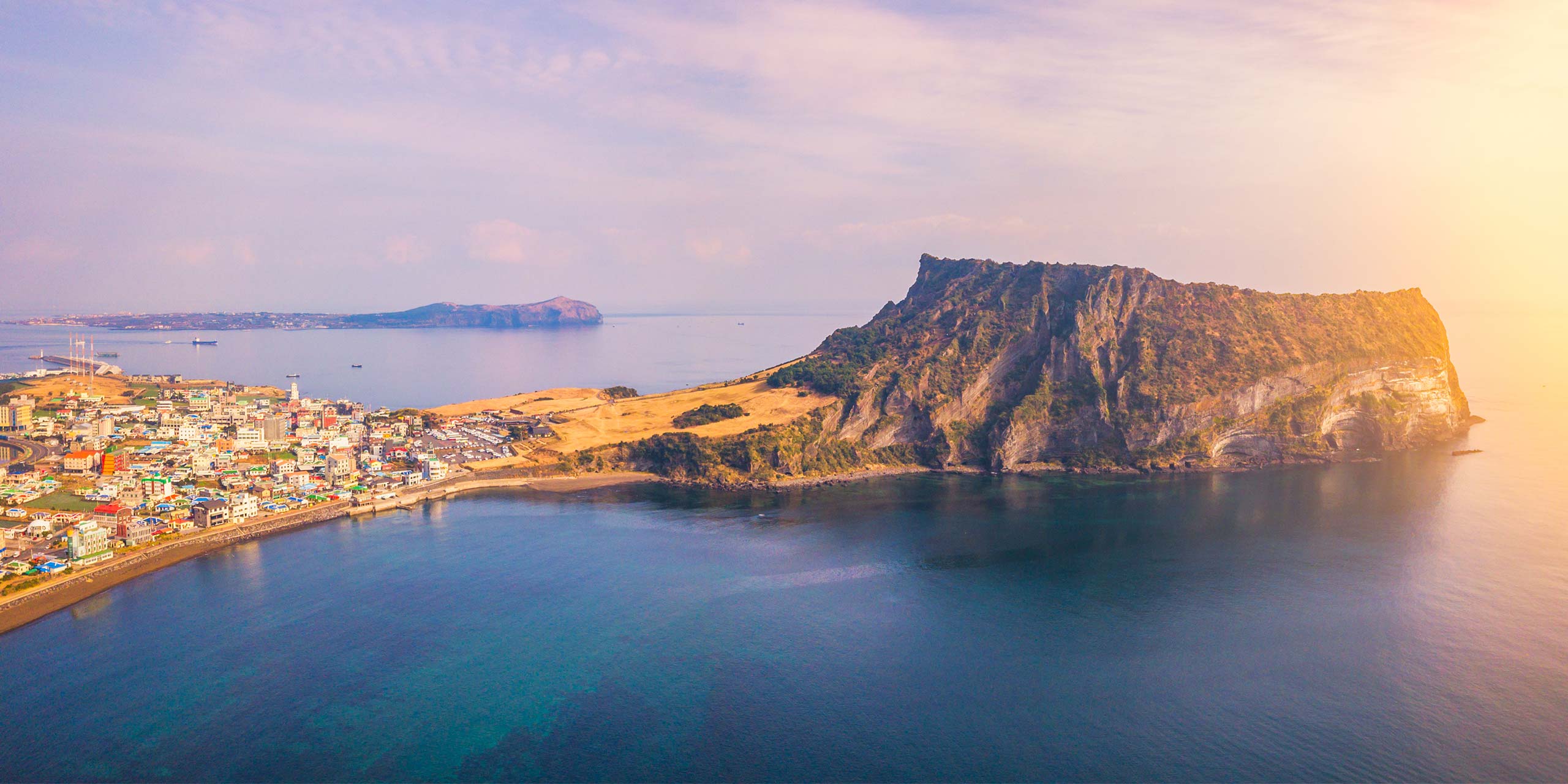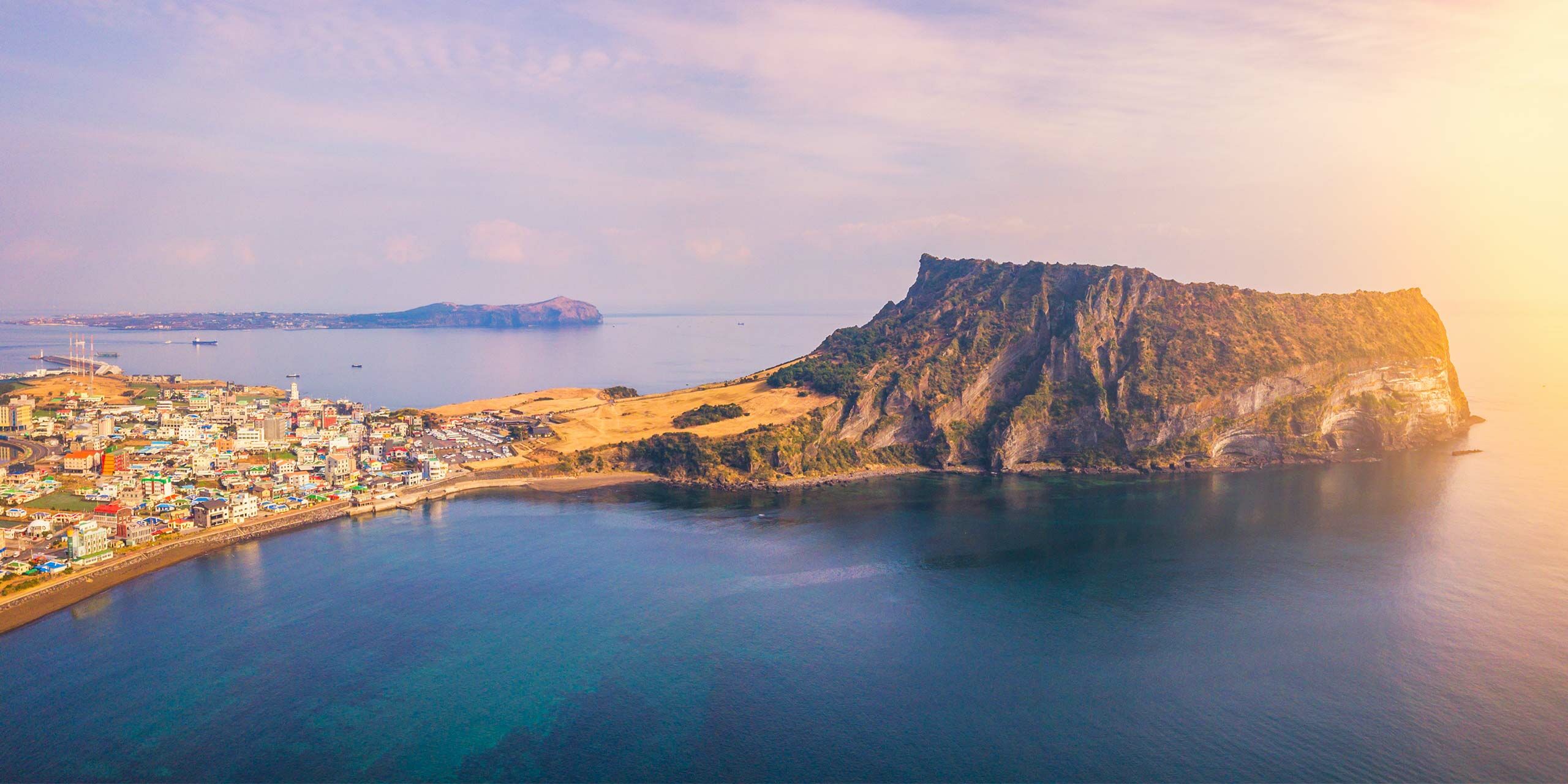
At the moment, Jeju is most famous for being a place talked about in the Squid Game marbles scene with Ji-Yeong and Sae-Byeok — but it’s a lot more than that. In fact, Jeju has long been South Korea’s most popular beach destination — perhaps its only real tropical destination. Found to the south of the peninsula, the volcanic rock, blue-green water, and isolated location has made it a draw for travelers around the world.
Jeju on the Ground
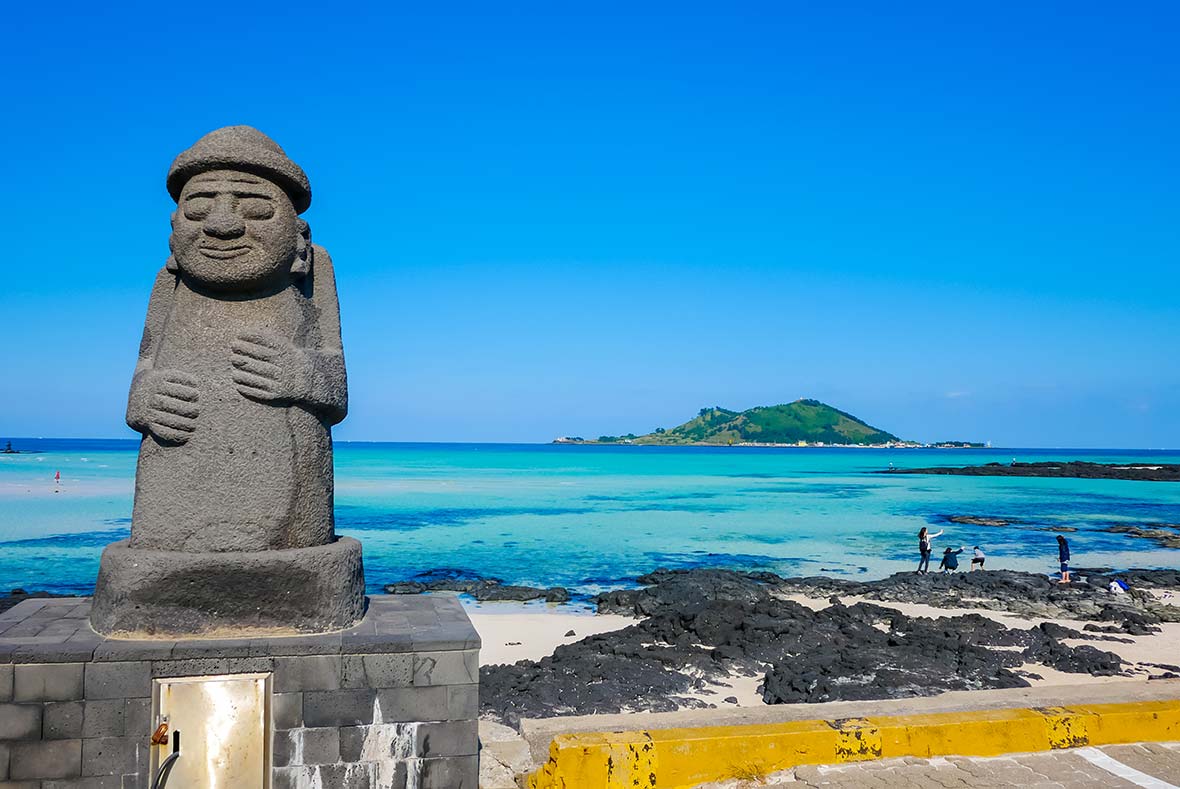
Jeju is semi-tropical and is found South of the Korean peninsula. The months between December and March can get a little chilly, but for the rest of the year, the beaches present a major draw for international and domestic travelers. The landscape of Jeju seems to not make sense, sometimes looking like rural Japan, sometimes looking like tropical Southeast Asia, even a bit of the Giant’s Causeway at Daepo Jusangjeolli Cliff. It has made this a very interesting destination for drone photography enthusiasts.
It is geographically, culturally, and geologically unique in no small part because it is a fairly new feature on planet Earth, formed 2 million years ago by an underwater volcano, a facet that has made this one of Korea’s premier hiking destinations.
Scenery
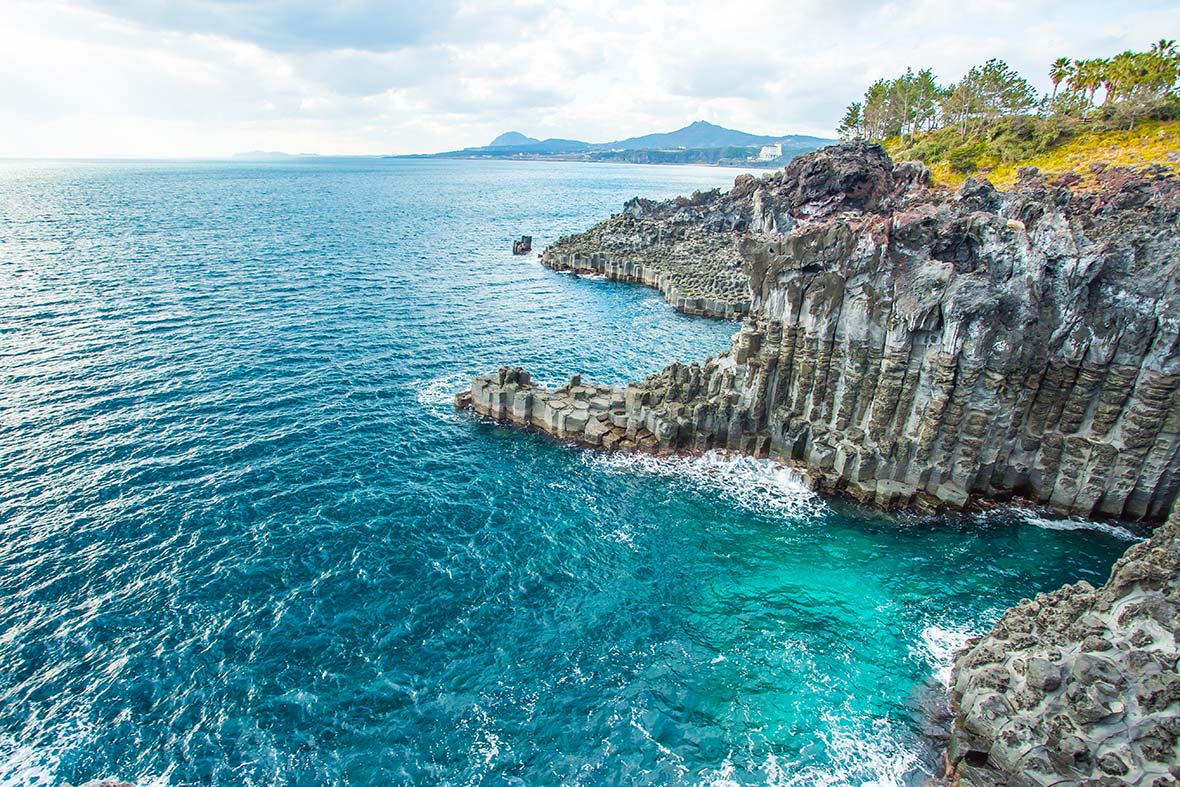
Jeju is home to Korea’s tallest peak, Hallasan. The dormant volcano stands at 1,950 meters above sea level and can be a simple day hike for those hiking early enough. The flowers are the main draw for many in spring and summer, but this semi-tropical destination also draws snow and fall foliage.
Most of the island of Jeju is made up of Hallasan and Hallasan national park, so there are a number of sights to see here, not least of which are the Baengnokdam crater lakes. Anyone who has been will tell you: Korea loves hiking. It’s serious business. Walking sticks, matching outfits, windbreakers galore. It’s a different feeling to the wide open trails of, say, hiking in the US. Be warned, this is a popular and culturally important mountain for many; it will not be a peaceful, lonely trek.
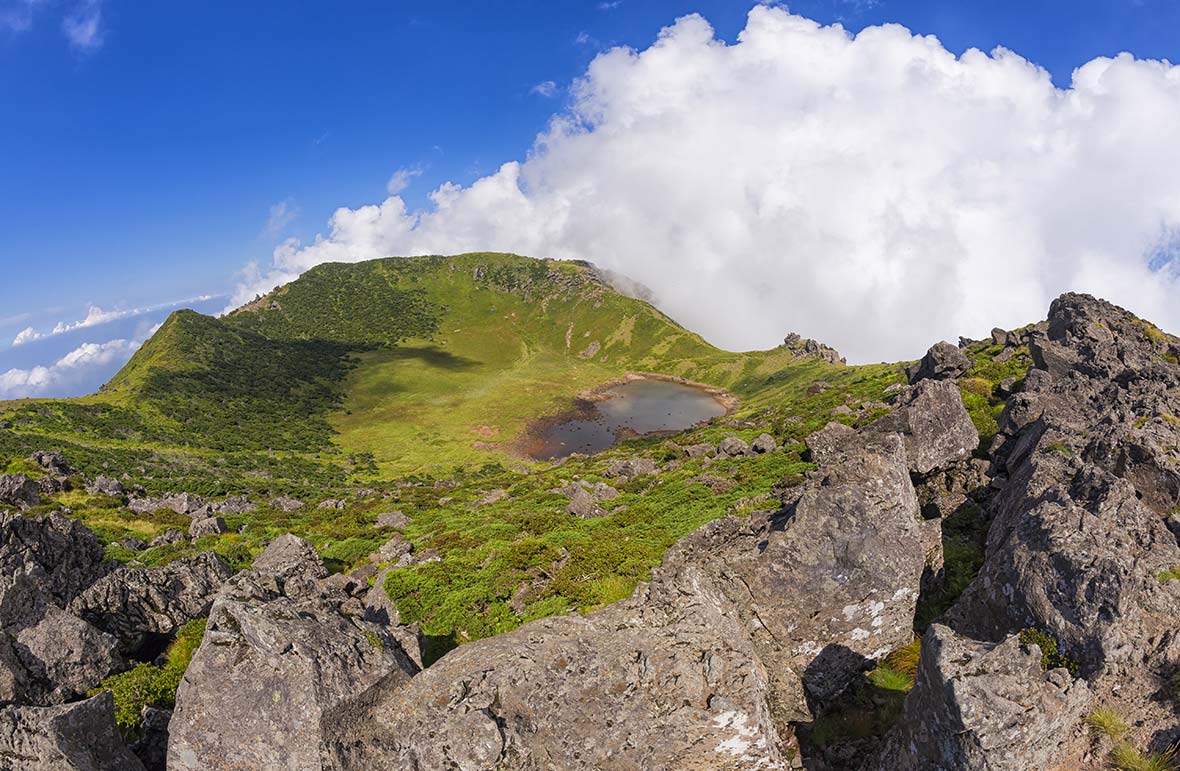
Away from Hallasan, one of Jeju’s most spectacular landscapes is that of the Ilchulbong tuff cone. Embark on a dawn ascent of Seongsan Ilchulbong, or “Sunrise Peak,” the dramatic inactive volcanic crater rising out of the ocean off Seongsan.
Other hikers (and drivers) might be more interested in the coastal roads. Olle coastal trails are a great way to see the island without getting overwhelmed by a throng of zealous grannies in visors.
Culture and Food
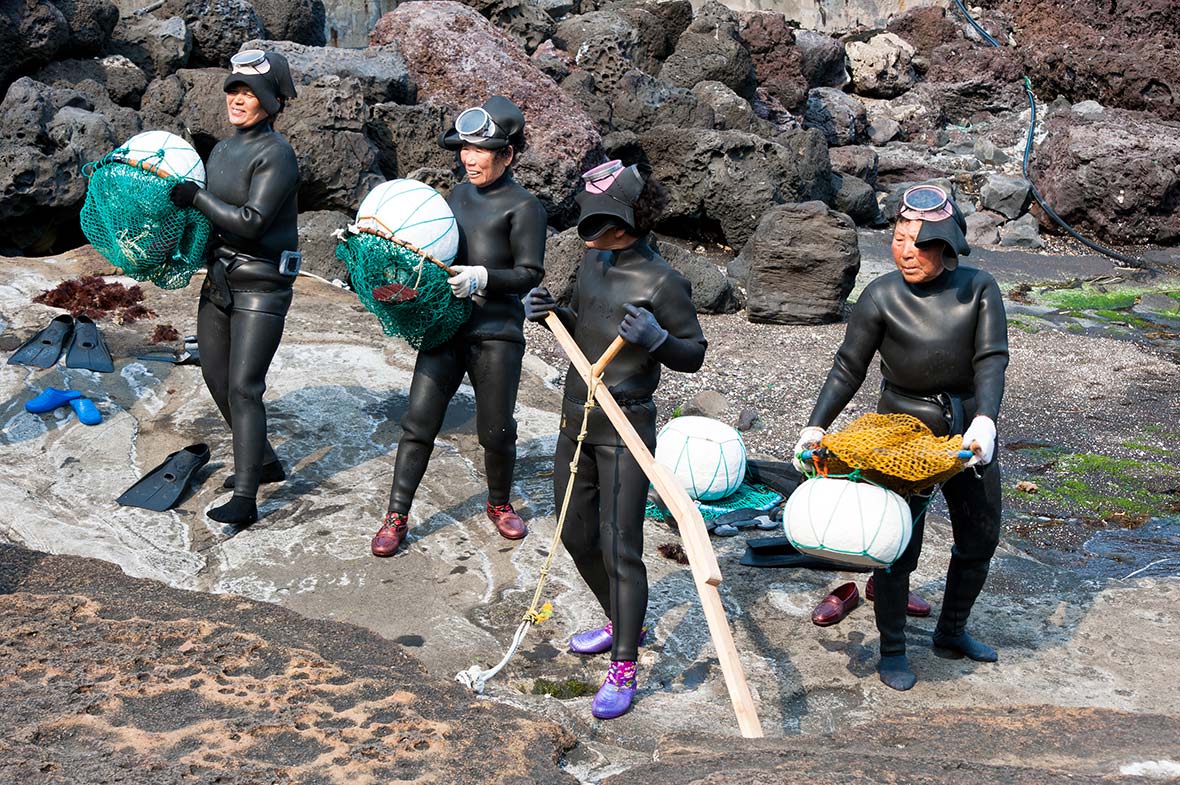
There are a lot of places in Korea that claim to be the “capital of wellness” but nowhere quite has the chops of Jeju. The spas here are able to mix the beach with the massage table in a way that puts the cold jimjibangs of the mainland to shame. A lot of the uniqueness of Jeju comes from the unique island culture — which is a lot more than just the delicious tangerines.
One of the staple must-try dishes of Jeju is courtesy of one of the nation’s most famous hunters: haenyo. The haenyo are divers, almost always women, who dive into the some times freezing waters and hunt for octopus, abalone, and, of course, sea urchin. The orange of sea urchin may look a little unappealing, but you can buy direct from the haenyo from Jungmun beach — some of them well into their 80s — for a must-have bowl of seaweed and sea urchin soup.
Lava Tubes
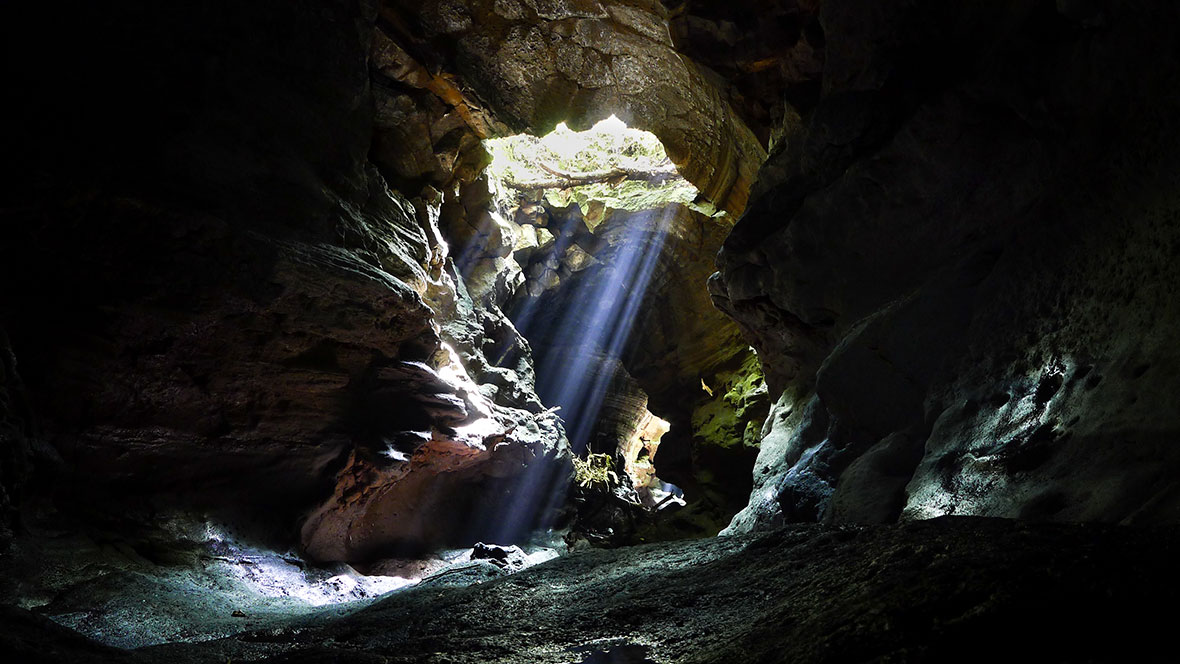
The Manjanggul Lava Tube, a UNESCO Heritage Site, is nearly eight kilometers long, at about 18 meters wide and 23 meters tall, one of the largest lava tubes in the world. Formed thousands of years ago and well preserved, it is one of the few in the region that can be accessed by tourists, complete with stalactites, stalagmites, and lava rafts.
The cave system on Jeju is extensive and ecologically fascinating. Keep an eye out (or try to forget about) the giant Jeju cave-spider (Nesticella quelpartensis).
Where to Stay
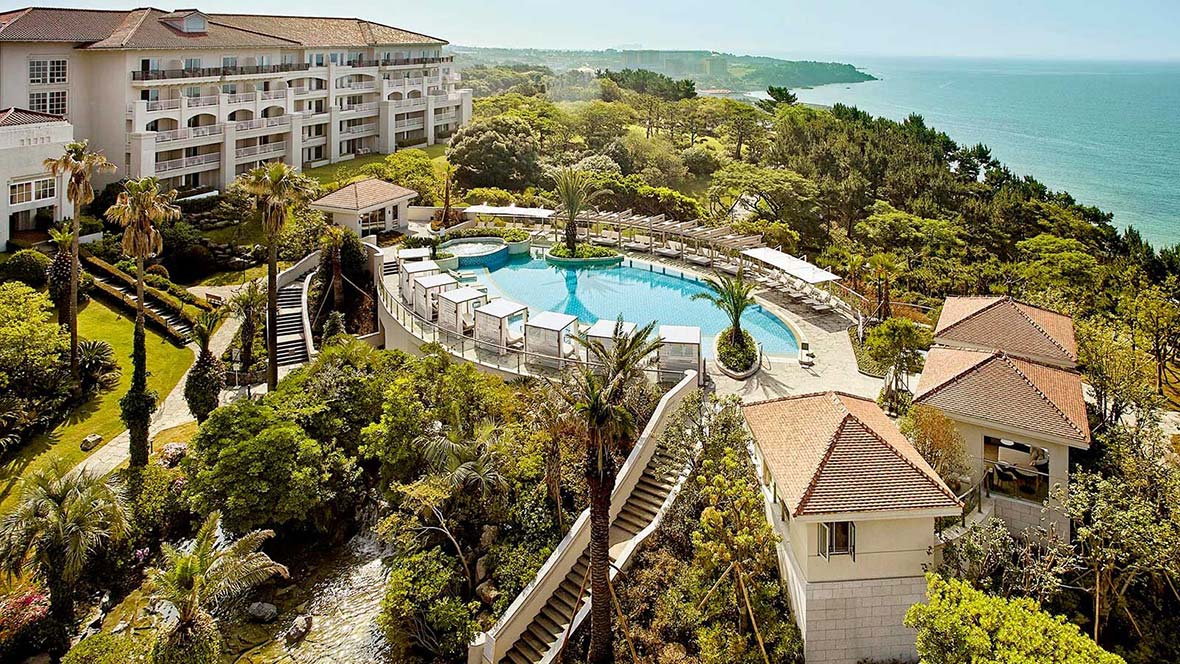
As with everywhere else in Korea, it’s all about the hotel. Jeju, like the mainland, boasts some very impressive options for luxury stays. For those more interested in glitz and glam than the beach, there’s the Lotte Hotel regalled in Korea chic — minus a Hello Kitty themed floor — and there are excellent ocean views from the hotel restaurant.
For the beach lovers, there’s the Shilla. Guests have direct access to the beach just a few short steps away, and the hotel is situated on a cliff-top for panoramic views of the ocean. If you’re coming from Seoul, the Shilla Seoul is no slouch either.

